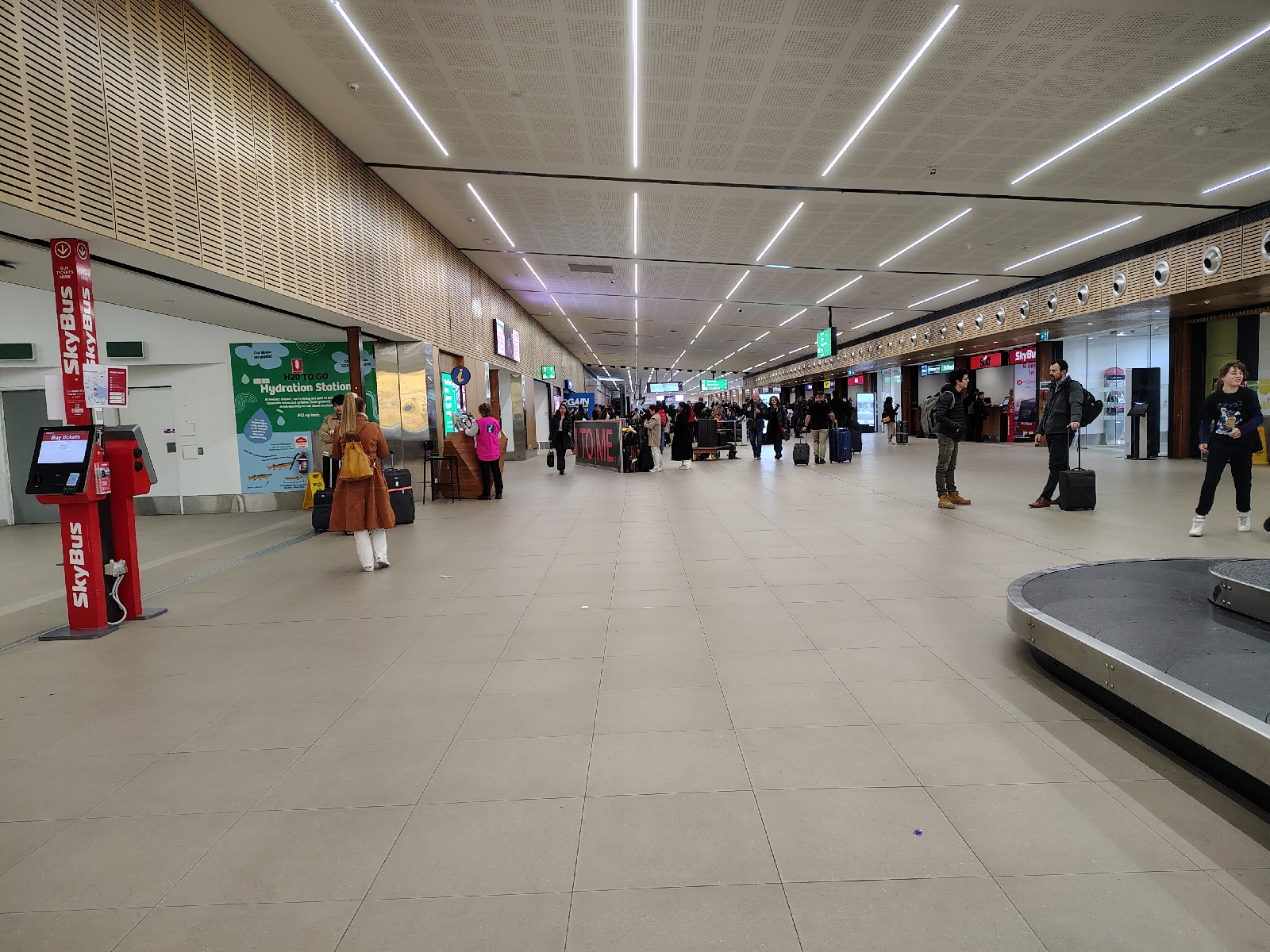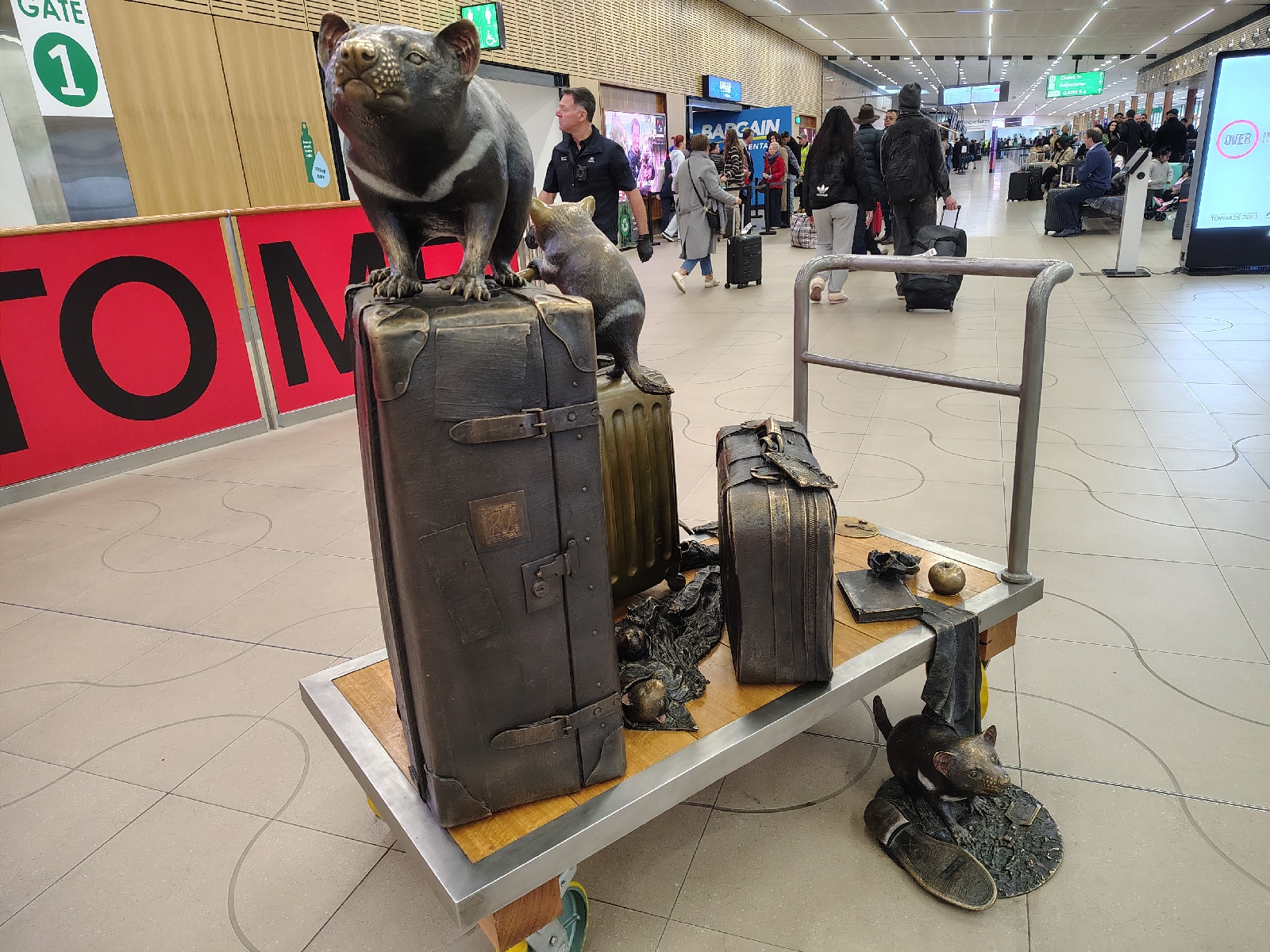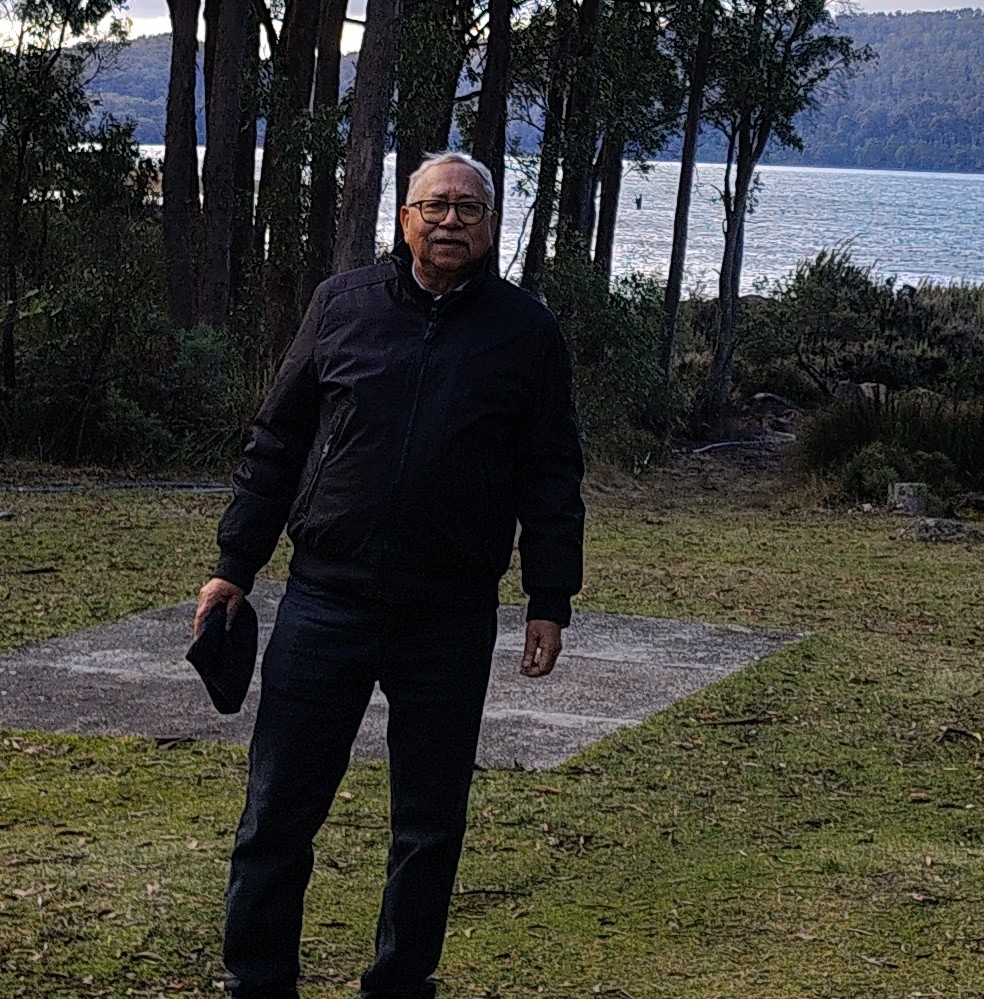Winter Escape to Brady’s Lake
A mid-June travelogue through Tasmania’s Central Highlands
16 June – Arrival & the Highlands run-up
A dawn Jetstar hop from subtropical Brisbane felt like stepping through a portal: by 10 a.m. we were breathing the sharp maritime air of Hobart. Border bio-security was front-of-mind; beagles padded the carousel ready to dob in a wayward mandarin, so we kept our luggage strictly produce-free. Tip: never bring fruit or veg into Tasmania—declare it or bin it.
Bargain Car Rentals handed over the keys to our SUV (Hertz and Avis kiosks were doing brisk business beside them). After a pit-stop at Coles for bread, biscuits and eggs—and a guilty-pleasure lunch at KFC—we nosed onto the Lyell Highway (A10) bound for Brady’s Lake, 68 km northwest of Hamilton and roughly 125 km from Hobart airport.
Almost immediately the city fell away to emerald paddocks stitched with split-rail fences. Sheep browsed like scattered cumulus against the vivid winter grass; skeins of mist hung in folds of the Derwent Valley. We dialled the radio to 7HOFM 101.7 FM—Hobart’s oldest commercial station—whose breakfast crew bounced between traffic updates, dad jokes and a string of 80s sing-alongs. Windows fogged from our steaming takeaway coffee; outside, the dashboard read a brisk 9 °C.
Through Ouse & the high country
Ninety minutes on, we rolled into the hamlet of Ouse for caffeine and a stretch before tackling the climb. From here the highway kinks north-west, threading between brooding dolerite ridges and the skeletal ash forests of the Central Plateau Conservation Area. Yellow road signs warned of “WALLABIES NEXT 20 km” and “ICE SKID RISK”—they weren’t kidding. Frost ribbons glazed the bitumen in shaded gullies; Anish kept a white-knuckle 80 km/h while 7HOFM segued into Crowded House and weather bulletins that promised “snow showers above 900 metres”.
Past Tarraleah we left the main drag, skirting Lake Binney and braking for the first of many wallabies darting through dusk. At 4:30 p.m.—sun already kissing the treetops—we spotted the hand-painted road sign “Hakuna Matata”: our little cedar-clad haven on Brady’s shore.
Inside, a crackling log fire thawed our runny noses. The aroma of burning eucalyptus oil and resin lent the living room an old-world warmth electric heaters can’t imitate. Through picture windows the lake spread like pewter, ringed by ghostly stumps left by Hydro-Tasmania’s 1950s inundation. Outside it was 6 °C with an icy breeze; inside, the glow of red coals and the hum of electric under-blankets promised perfect hibernation.
17 June – A day by the water
Morning rain drummed softly on the iron roof, pushing wisps of cloud across the lake’s glassy surface. We circled the foreshore on a mossy track strewn with quartz pebbles and pencil pine cones. At ~661 m elevation Bradys sits on a saddle between the Nive River and Bronte Lagoon; the three linked reservoirs form the headworks for Tungatinah Power Station far below.
Even muted by drizzle the landscape dazzled: teal water flecked with black swans, jade eucalypt slopes rising behind tawny tussock meadows, and absolute silence broken only by a ravens’ croak. The absence of neighbours was startling for us Indians accustomed to chai-stall chatter on every corner; here, “crowd” meant a pair of paddlers skimming across the chain of lakes.
Afternoon sent us indoors, where the fire’s amber light danced on Tasmanian oak floorboards. Rain rattled the windows while we dozed under woollen throws and grazed on toast, cheese and ABC evening news—winter hygge Down Under.
18 June – Night drive & homeward bound
Alarms chimed at 04:00. Outside, Orion blazed over the inky water; breath plumed like smoke. The SUV headlights cut a tunnel through the Highlands as Anish eased back onto the highway. In the beams, wallabies, pademelons and an occasional brush-tailed possum bounded like pinballs—an ever-shifting slalom that kept speeds modest. A ghost-white masked owl swooped low, its wings briefly filling the windshield before vanishing.
We’d planned another coffee at Ouse, but the lone roadside café’s veranda lights were dark—winter hours, or maybe just Tuesday. Instead we let the radio keep us alert: 7HOFM’s pre-dawn announcer traded calls with long-haul truckies while Taylor Swift and INXS alternated in the playlist. As the first peach glow touched Mount Wellington, Hobart’s lights unfurled below and the airport loomed, country stillness giving way to jet-bridges and boarding calls.
Brady’s Lake in a nutshell
| Feature | Detail |
|---|---|
| Latitude / Longitude | 42° 13′ 48″ S, 146° 29′ 24″ E |
| Elevation | ~661 m (2 169 ft) above sea level |
| Origin | Impounded section of the Nive River, created 1950s for Hydro-Tasmania power scheme |
| Landscape palette | Dolerite hills, dry-sclerophyll eucalypt forest, button-grass plains and glacier-scraped lagoons |
| Wildlife highlights | Platypus in quiet bays; wedge-tailed eagles over the ridges; abundant nocturnal marsupials |
| Human footprint | A string of no-frills shacks and the odd Airbnb—otherwise, an amphitheatre of silence |
Final thoughts
Brady’s Lake pairs the raw minimalism of Tasmania’s Central Highlands with the cosy romance of a pot-bellied stove. In three short days we tasted both: broad-sky meadows and silvered peaks by afternoon; wool socks, woodsmoke and family stories by night. The Highlands road may demand caution—black ice, bounding wallabies, and radio banter your only companions—but reach the water before the early winter sunset and you’ll understand why our son chose to stake a claim here. It’s an oasis where Hakuna Matata isn’t just a signpost; it’s a state of mind.















2 comments:
Informative and descriptive to stay connected enthusiastically... 👍
Thanks dear for liking the travelogue!
Post a Comment